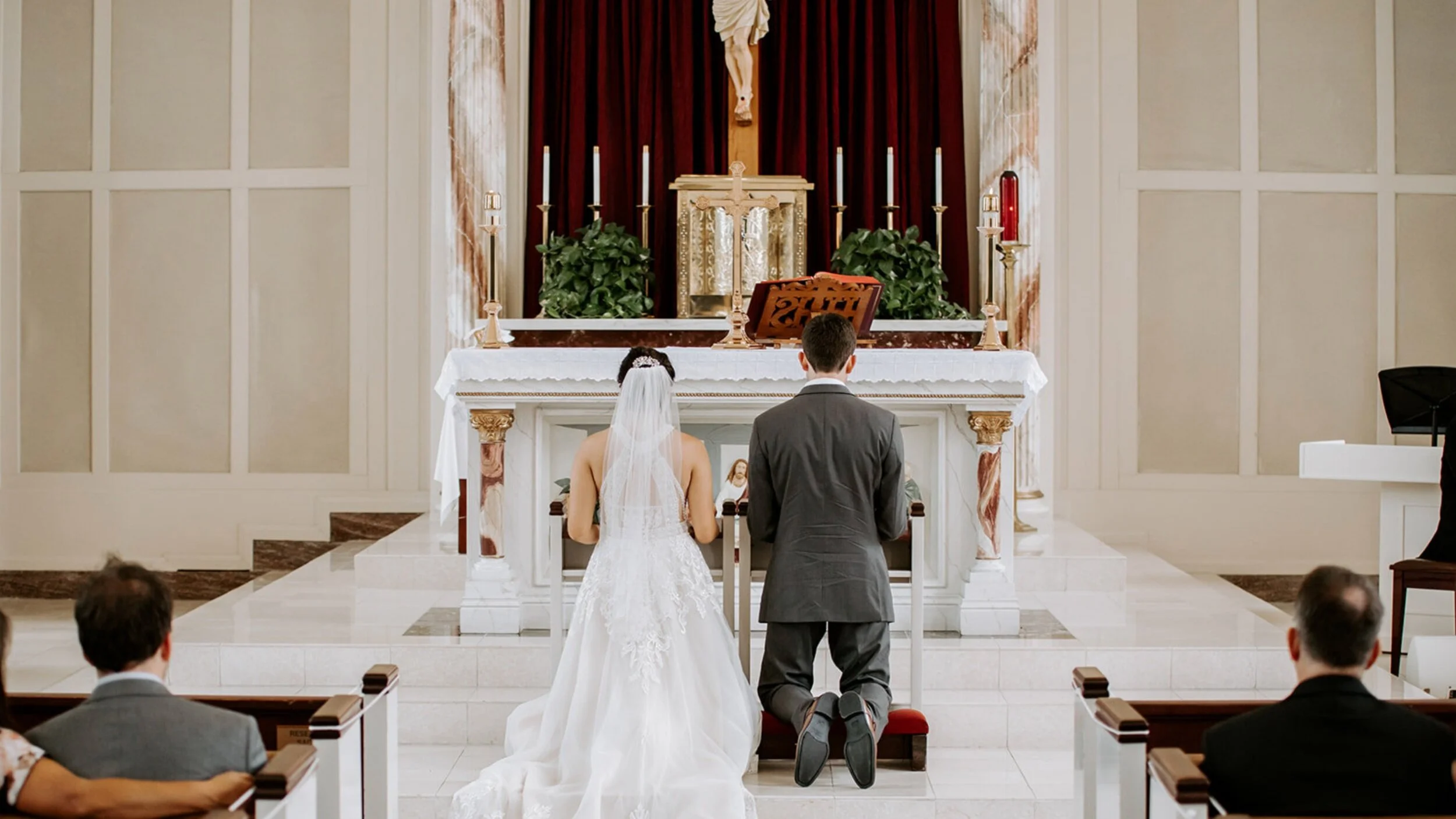We Believe
We believe that the Holy Spirit is bringing a new Renaissance about in the Church in art, creativity, beauty, and innovation. The Spirit is calling us as a Church to move away from a defensive posture to an offensive one, and in order to do that He’s creating community, infrastructure, and support systems for the leaders, artists, creators, and innovators. Catholic Creatives is a part of that movement.
This Community Needs You
Catholic Creatives need support not just online but real, in-person community. That’s why we are looking for leaders to help host regional CC events. We want to build you up as missionaries to this community and give you the resources you need to be effective in your city, because only out of thriving community can a New renaissance be birthed. To that end, we’ve compiled some of the lessons we’ve learned over the last year as our community has grown, so we made this guide to give you what you need.
First, let’s start with who we are.
What is Catholic Creatives?
Primarily this group’s primary purpose is to build a support community for creatives. We do that by
- Supporting and Encouraging each other
- Fostering Collaboration
- Encouraging a Culture of Honest Critique
- Broaching Taboo Topics,
- Killing Sacred Cows (obstacles to good media/art/business)
- Giving our members a platform to speak to the larger community.
How do the Regional Events fit into our vision?
CC exists to build a community where artists/makers & innovators find belonging. That’s why in everything we do, we always take the utmost care in inviting people to our events who match our values and who would contribute to each other. When someone takes on the role of hosting a regional Catholic Creatives event, they essentially become a curator of our regional community. Regional communities are the places we see the greatest ideas, collaborations, and businesses grow out of because proximity matters. Eventually, we would love to see regional groups living together in community, working together in coworking spaces, and building their own economy together. The regional events are beyond important for us as a community, so let’s do them intentionally.
Currently, there are two kinds of CC regional events, the Hangout and the Meetup.
Hangout
Happy Hour, informal, 2-3 hour event. Can be at a bar, during a larger event or anywhere alcohol or coffee is readily available. The hangout is a great way to start the ball rolling with a regional community.
Meetup
Half design sprint, half party, the meetup is an awesome half day community builder hosted at an event space or a members house. In a CC Meetup, the leadership selects a problem that the group will brainstorm on. They will lead the group through the design sprint process and after the event, write up a case study on their discoveries.
How to Curate:
When you invite people to into your regional events or into regional online groups, always default to a smaller group of the right people rather than a larger group with too many people mixed in who don't ascribe to our values or beliefs.
So who are the people you’re looking for?
Catholic artists, creators, ministers, & entrepreneurs who express their Catholic worldview through their medium, whether that is a canvas or a business. Look for talent, an entrepreneurial outlook and vulnerability.
Who is this group not for?
- Domineering people who take over conversations and don't leave space for others.
If a person needs a ton of work to host, doesn't understand social cues in a big way, and takes over conversations, they might not be the right person. - Self-promoters. This community is only safe if the people in the group are all contributors.
Process:
Host a Hangout
If your city hasn’t had a hangout, start there.
You don’t need our permission to have a hangout, but it would be good to for us to know when you’re doing one so that we can help you and hear how it went after.
Create a private facebook event, use our branding to create any design elements needed, and start inviting people. Know that you will have to reach out to people individually if you want to be successful. A post inside of the CC facebook group is not enough to pull off an event.
Host A Meetup
Once a hangout has been successful, let’s set up a google hangout and talk strategy for putting on your first meetup.
A meetup will require the following:
- A problem to solve or a theme (Ie. The Ugly Church Bulletin, The Vatican Website...etc)
- A creative space
- Food & Drink
- Someone to lead the design sprint
- Design sprint materials (post-its, sharpies, wall posters)
Meetups are a blast and always lead to a much deeper community than hangouts, but they require more planning. The good news is that we're here to help, so get in touch with us and we’ll help you set it up.
Brand Guidelines
You are welcome to use our fonts and design elements as needed.
Want to get in touch about hosting a regional event?



































